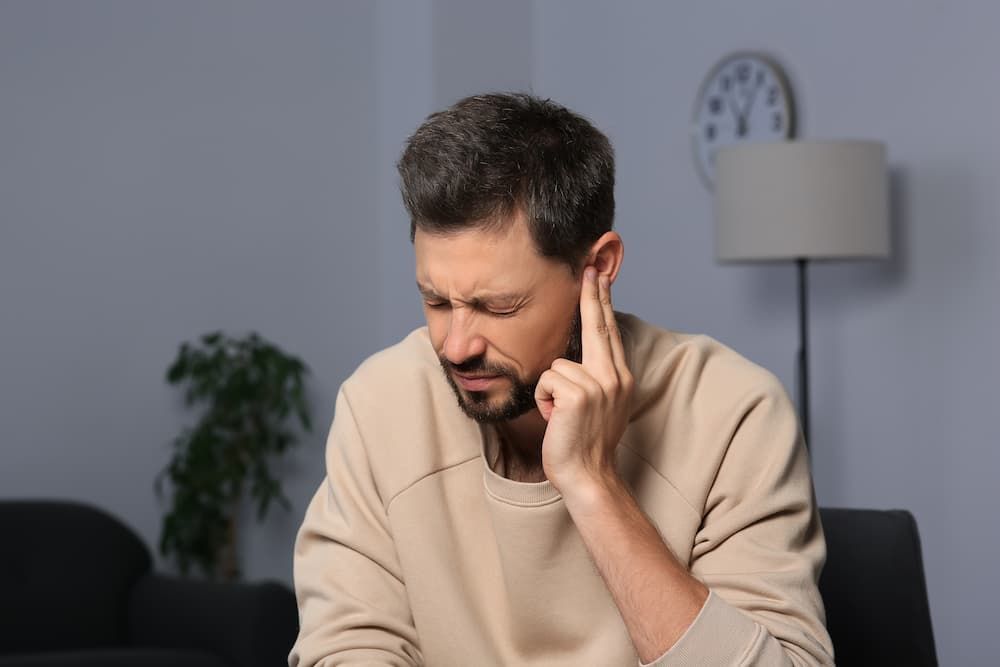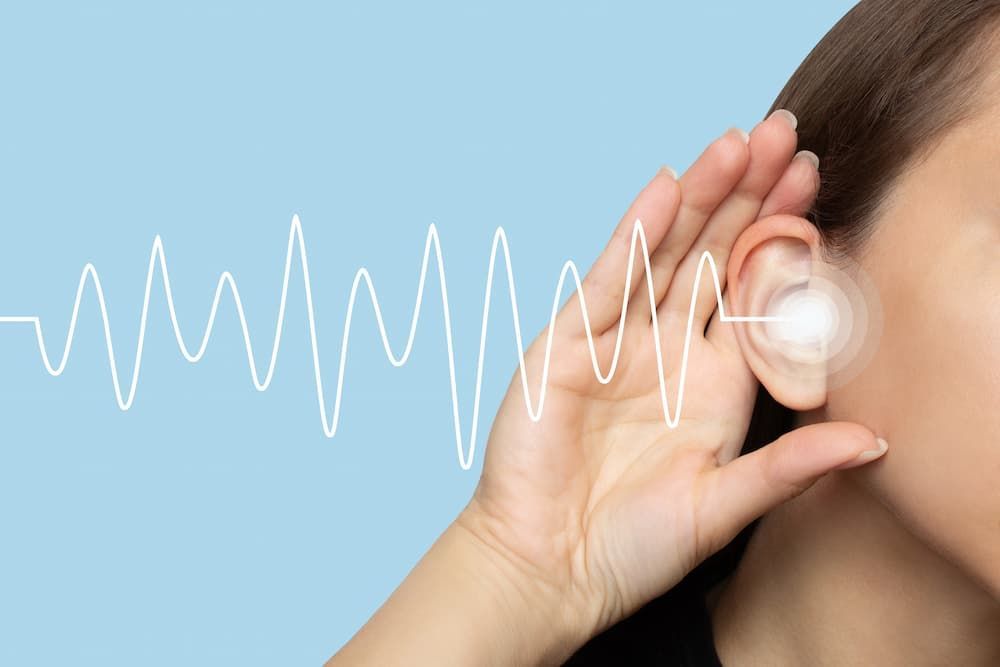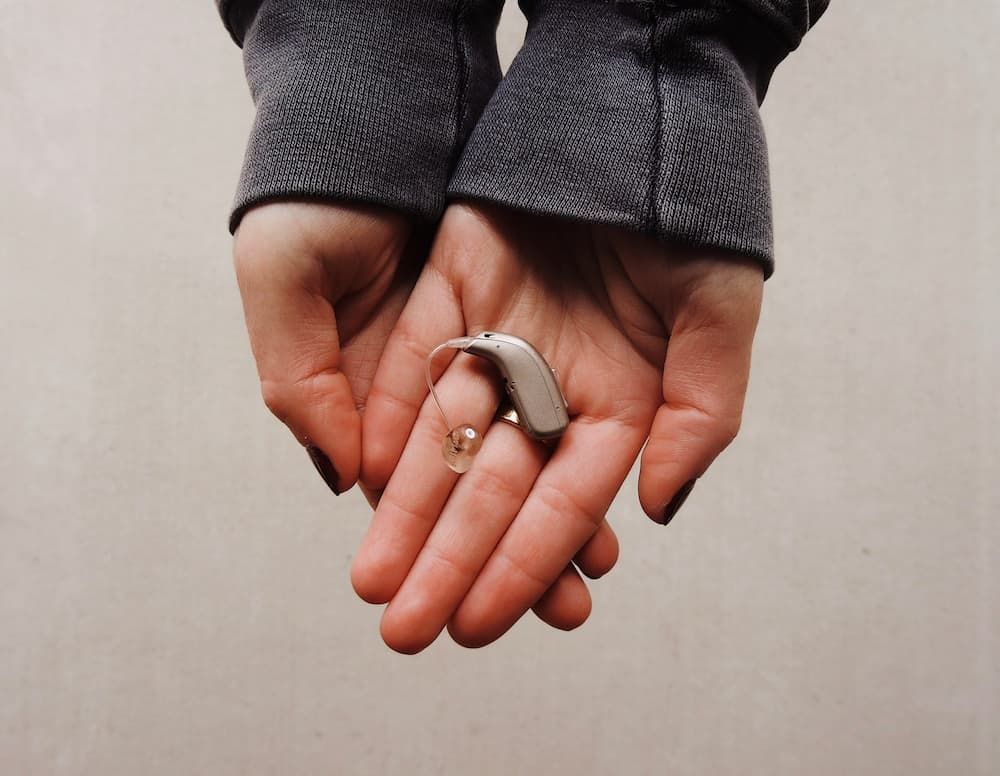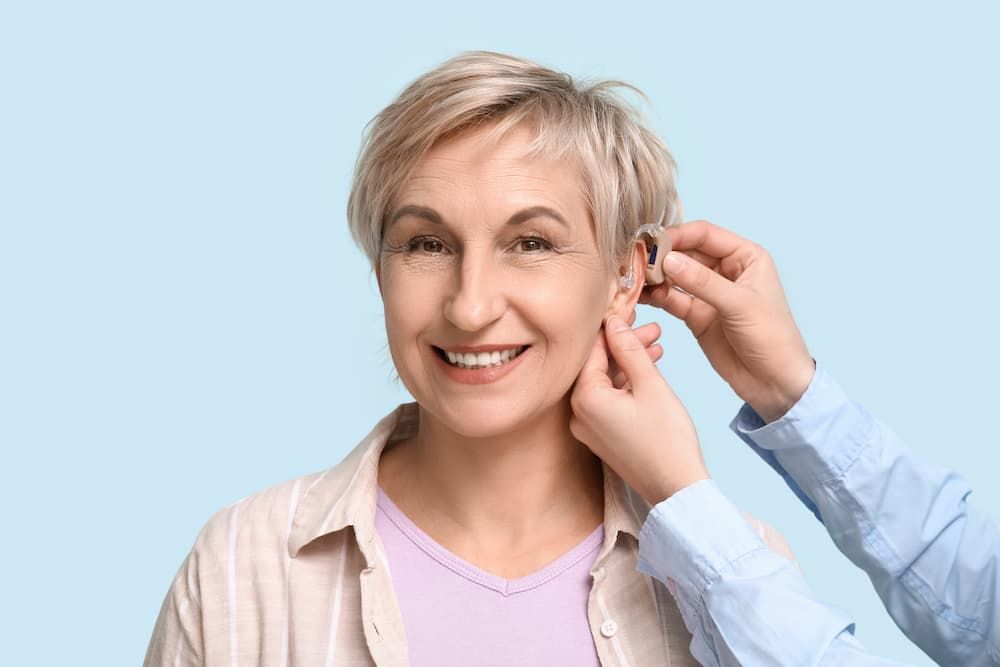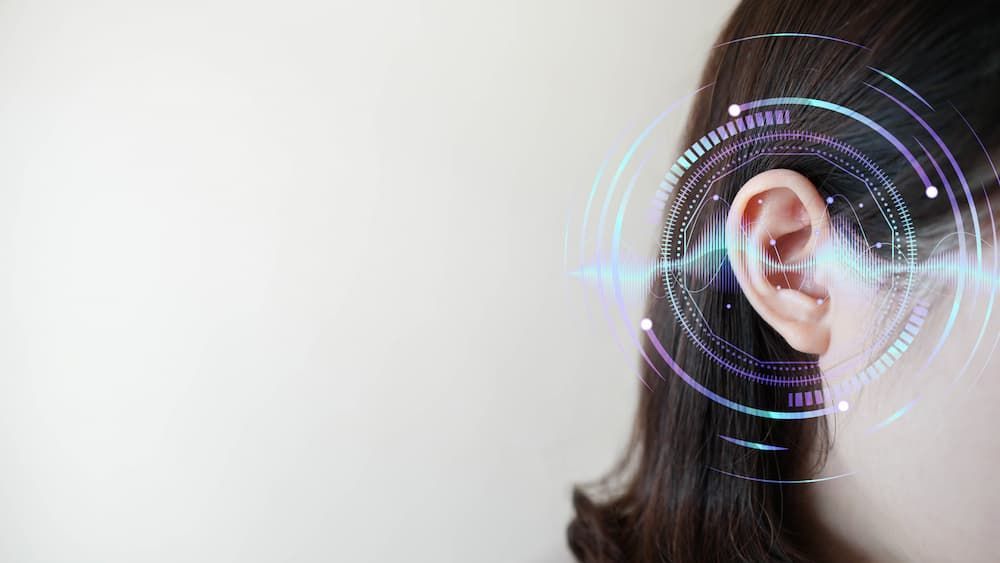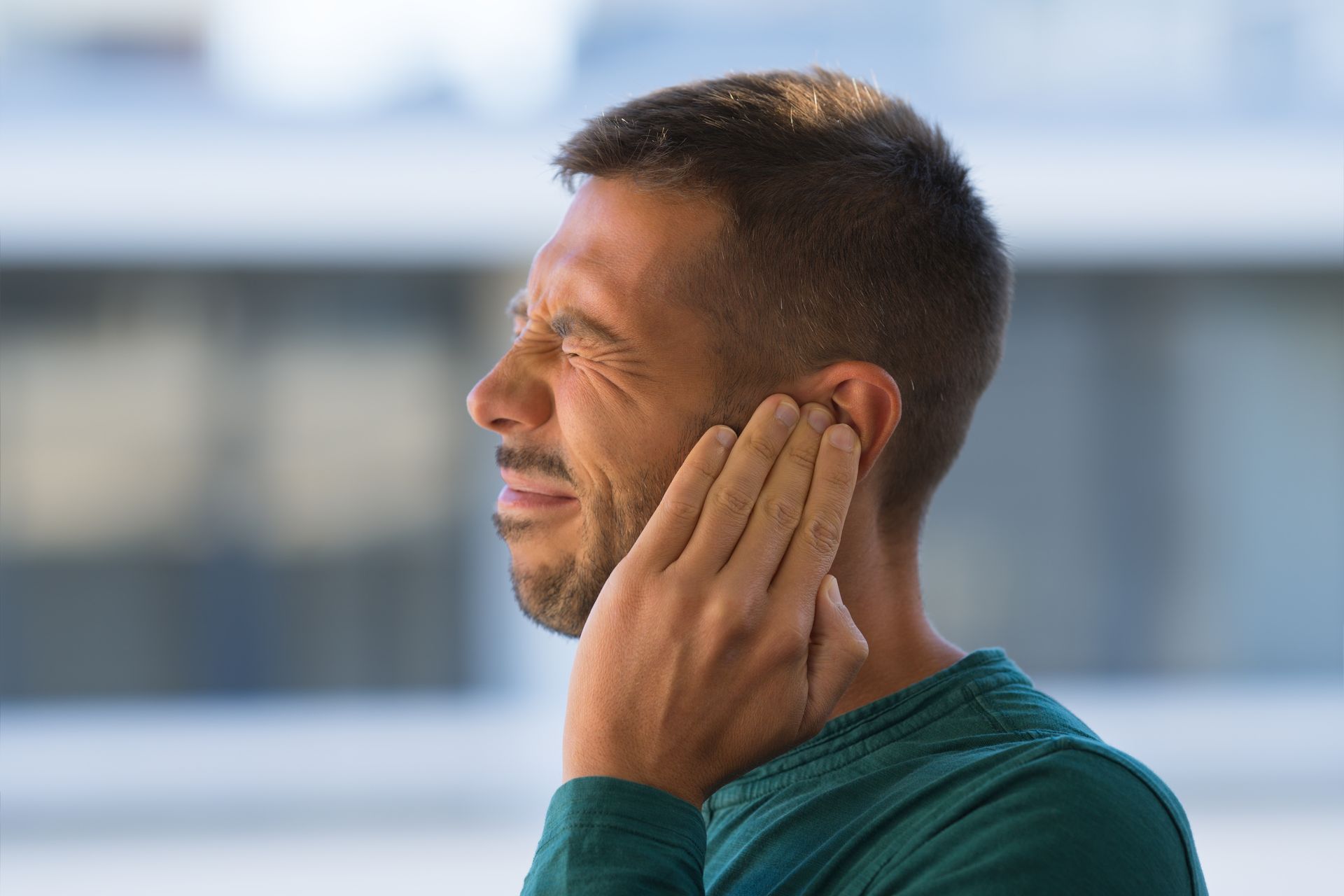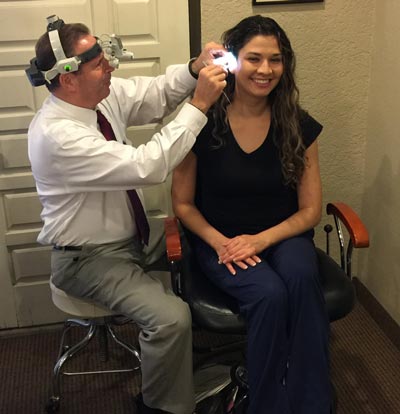Hearing Aids Basics 101 - Pt. I

Hearing Aids Basics 101 - Pt. I
 Here at Tinnitus and Hearing Center of Arizona, a good portion of our clients come to us with hearing loss concerns. Sometimes, there's more going on in the complex machine called the ear than just aging. We're fully equipped to handle any hearing issue, which is why those who want more than the cheap supermarket hearing aids come to us for a professional, long lasting relationship.
Here at Tinnitus and Hearing Center of Arizona, a good portion of our clients come to us with hearing loss concerns. Sometimes, there's more going on in the complex machine called the ear than just aging. We're fully equipped to handle any hearing issue, which is why those who want more than the cheap supermarket hearing aids come to us for a professional, long lasting relationship.
Since hearing aids are sometimes a fantastic solution for hearing loss, we thought we'd put together some of the basic information about hearing aids. If you don't see your question here, know that we'll post again next week, and you can also call us at 480-831-6159.
Here at Tinnitus and Hearing Center of Arizona, a good portion of our clients come to us with hearing loss concerns. Sometimes, there's more going on in the co mplex machine called the ear than just aging. We're fully equipped to handle any hearing issue, which is why those who want more than the cheap supermarket hearing aids come to us for a professional, long lasting relationship.
Since hearing aids are sometimes a fantastic solution for hearing loss, we thought we'd put together some of the basic information about hearing aids. If you don't see your question here, know that we'll post again next week, and you can also call us at 480-831-6159.
What is a hearing aid?
Hearing aids are small electronic devices that are worn behind or in your ear. They make sounds louder so an individual who has hearing loss is able to communicate, listen, and participate in daily activities more fully. Hearing aids are able to help individuals hear more in both noisy and quiet situations. However, only around one out of five individuals who can benefit from using hearing aids actually wear them, meaning more people should be wearing them.
Hearing aids are made up of three basic parts: the speaker, amplifier, and microphone. Sound is received by the hearing aid via a microphone, which then converts the sound waves into electrical signals and then sends them over to an amplifier. The signal's power is increased by the amplifier and they are then sent via the tiny speaker to the ear.
How do hearing aids help?
Mainly hearing aids are useful in improving speech and hearing comprehension in individuals who have had hearing loss that is the result of damage to the small sensory cells (called stereocilia , which are tiny hair cells) that are inside of the inner ear. This kind of hearing loss is referred to as sensorineural hearing loss. Damage may have occured due to certain medicines, injuries from noise, aging, or disease.
Hearing aids magnify the sound vibrations that enter into the ear. The larger vibrations are detected by the surviving hair cells and converted into neural signals that get passed along into the brain. The more damage to the individual's hair cells, the more serious the hearing loss is, and greater hearing aid amplification is necessary in order to make the difference up. There are some practical limits to how much amplification can be provided by a hearing aid. Also, if the inner ear has become too damaged, then even larger vibration are not converted into neural signals. A hearing aid will be ineffective in this type of situation.
How can I determine whether I need to have a hearing aid or not?
If you suspect that you may have hearing loss and may benefit from having a hearing aid, consult with an audiologist (like us). An audiologist is a hearing health professional who can identify and measure hearing loss, and can conduct a hearing test in order to determine the degree and type of hearing loss. At Tinnitus and Hearing Center of Arizona, we offer thorough hearing tests and screenings to check for ear diseases as well as chart your hearing performance frequency range.
 Are there different styles of hearing aids?
Are there different styles of hearing aids?
Hearing aid styles:
- Behind-the-ear (BTE): This type of hearing aid comes with a case made of hard plastic that is worn behind your ear and connects with the plastic earmold which fits inside of the outer ear. The case that is behind the ear holds the electronic parts. Sound travels via the earmold from the hearing aid and into the ear. Individuals of all ages use BTE aids for mild to profound levels of hearing loss.
A new type of BTE aid is in the style of an open-fit hearing aid. An open-fit small aid fits completely behind the ear, with a narrow tube that inserts inside of the ear canal, which allows the canal to stay open. For that reason, an open-fit hearing aid can be a good option for individuals who experience earwax buildup, since it is less likely that this kind of aid will be damaged by the substance. Also, some people might prefer an open-fit hearing aid due to the fact that their perception of their own voice doesn't sound like it is plugged up or congested.
- In-the-ear (ITE): This type of hearing aids fit inside of the outer ear completely and are used for hearing loss ranging from mild to severe. A hard plastic case holds the electronic components. There are some ITE aids that might have certain extra features that are installed, like a telecoil, which is a magnetic small coil that enables the user to receive sound via the hearing aid's circuitry, instead of through the microphone. That makes hearing telephone conversations easier. Also, a telecoil helps individuals hear in public places where a special sound system is installed that is called an induction loop system. These can be found in numerous auditoriums, airports, schools, and churches. Usually, ITE aids are not used by young children since the casings have to replaced frequently as the ear continues to grow.
Canal aids fit inside of the ear canal and come in two different styles. An in-the-canal (ITC) hearing aids designed to fit the shape and size of an individual's ear canal. The other type is the completely-in-canal (CIC) hearing aid which is almost completely hidden inside of the ear canal. Both of these types are used for moderately severe and mild hearing loss.
Since canal aids are small they might be hard for an individual to remove and adjust. Canal aids also have less space available for additional devices like a telecoil or batteries. Usually, they are not recommended for individuals with severe or profound hearing loss or young children since their smaller size reduces their volume and power.
At Tinnitus and Hearing Center of Arizona in Tempe hearing aids are one of our specialties, and we encourage you to schedule a free hearing aid demonstration, with a hearing test to check your hearing loss, as well as try on a few hearing aids to see how they can improve your individual hearing. We offer a 30-day risk free trial so you can take them home and see how they perform in daily use.
Call us today at 480-831-6159 , or schedule your appointment with our online scheduler and schedule your free hearing aid demonstration today.
If you didn't see your question here, know that we'll post Parts 2 and 3 again next week, and you can also call us at 480-831-6159.
The information provided in this article is not meant to be medical advice and is for educational purposes only. If you would like to learn more about this and other hearing-related topics, feel free to contact Tinnitus & Hearing Center of Arizona by clicking here or by calling 480-831-6159.

